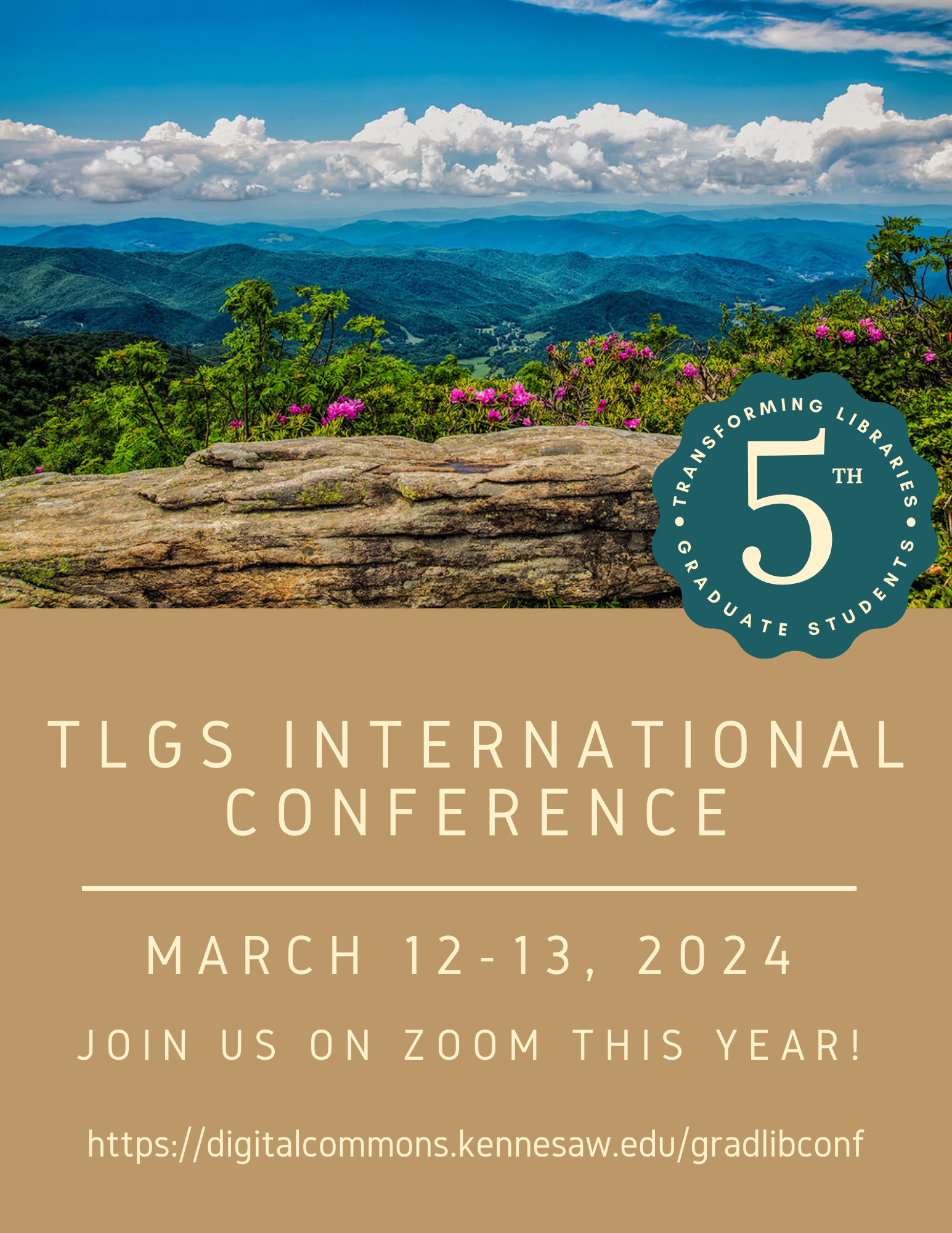Roundtable: Organizational Models for reaching graduate students
Start Date
3-22-2018 1:15 PM
End Date
3-22-2018 2:15 PM
Description of Proposal
Graduate student serving institutions can be as different as night and day, which can include everything from student population size, types of programs offered, number of programs offered, and even the makeup of the students served. But just as those institutions vary, so does the manner by which libraries respond to the needs of the graduate student population. Some universities may convene a standing committee, or a task force. Others may hire or realign a single person or a team of people. But how does that all look in real-time? How does a single person or team tackle all of the graduate student needs of an institution? How does the library administration support the initiatives of a single committee? Of the aforementioned methods, which is most effective or ineffective? These are some of the questions that will be posed within a roundtable discussion of the organizational structural benefits and challenges when meeting the needs of graduate students. Participants will share and learn best practices when working with the barriers of existing job descriptions (or lack thereof.) Participants will also share and learn how to work smarter with existing organizational support.
Handout
Roundtable: Organizational Models for reaching graduate students
RM 182
Graduate student serving institutions can be as different as night and day, which can include everything from student population size, types of programs offered, number of programs offered, and even the makeup of the students served. But just as those institutions vary, so does the manner by which libraries respond to the needs of the graduate student population. Some universities may convene a standing committee, or a task force. Others may hire or realign a single person or a team of people. But how does that all look in real-time? How does a single person or team tackle all of the graduate student needs of an institution? How does the library administration support the initiatives of a single committee? Of the aforementioned methods, which is most effective or ineffective? These are some of the questions that will be posed within a roundtable discussion of the organizational structural benefits and challenges when meeting the needs of graduate students. Participants will share and learn best practices when working with the barriers of existing job descriptions (or lack thereof.) Participants will also share and learn how to work smarter with existing organizational support.




What takeaways will attendees learn from your session?
Are you challenged by your library's organizational structure when meeting the needs of the graduate students at your institution? Do you need more support from your chain of command or more support laterally to get the work done? Both? This roundtable is for you. We'll discuss some of our problems but most importantly, we will also discuss some solutions to getting our graduate students service fulfilled, within the current organizational limitations. Together we will assess what will help us make the most of our resources to do our best work. Participants will share and learn best practices when working with the barriers of existing job descriptions (or lack thereof.) Participants will also share and learn how to work smarter with existing organizational support.